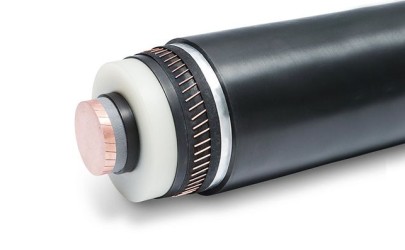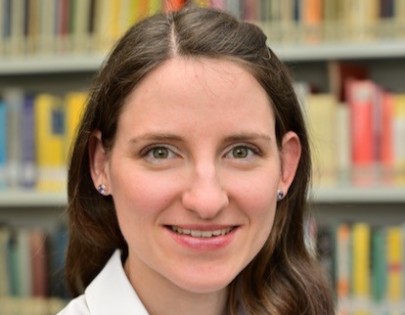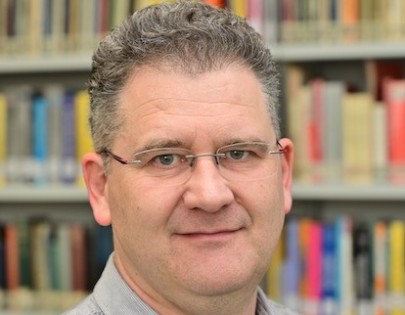Focus on innovative HVDC technology in theory and practice
Symposium brings together scientists and industry representatives
2022/02/08 by Yvonne Späck-Leigsnering
In January 2022 more than 100 participants from more than ten countries joined the 1st edition of the fully virtual one-day HVDC Cable Systems Symposium: Theory and Practice to discuss current trends and challenges in the field of HVDC cable system technology. The Symposium was organised by Yvonne Späck-Leigsnering and Herbert de Gersem from the TU Darmstadt together with Myriam Koch from the TU Munich.
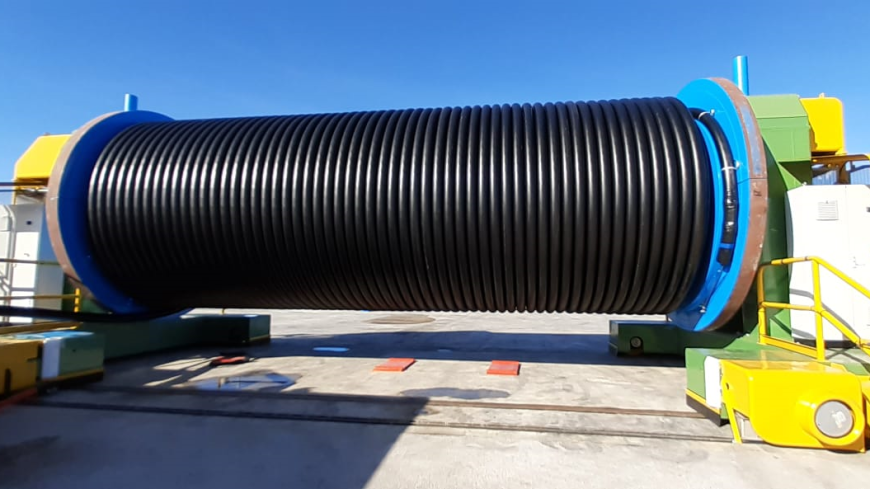
Climate change forces a radical update of electric energy production, transmission and conversion. In Germany, the “Energiewende”, i.e. energy transition, is a first step towards a global technology revolution geared to achieve greenhouse gas neutrality. For the transformation of our electric power systems, the development of high voltage direct current (HVDC) transmission systems is a huge challenge, because energy transmission systems require an extraordinarily long service life, reliability and resilience against adverse operating conditions.
Thank you very much for organising the wonderful symposium. My expectations were exceeded by far. (Lucas Höfer, PFISTERER Kontaktsysteme GmbH)
In recent years, it has become apparent that cable joints are the most critical components of cable systems. The failure of a single joint already leads to a considerable downtime of the entire connection. Unfortunately, various influences on insulating materials under DC stress, which affect the field distribution and are strongly dependent on the load, are not yet fully understood.
HVDC has a bright short-term future in Germany. (Gilbert Teyssedre, Laplace, University of Toulouse and CNRS)
To improve studies on HVDC cable systems, the combination of experimental investigations in the high-voltage laboratory with simulation analyses is becoming increasingly important. Numerical field simulation offers insight into the field and temperature distribution of the individual components, increasing the knowledge for design and operation of contemporary and future cable systems.
Many thanks for the very interesting and successful event! (Thomas Christen, Hitachi Energy Ltd.)
The event successfully brought together experts in the field of HVDC technology, researchers in academia, engineers working for leading manufacturers, and power system operators. Invited speakers presented talks ranging from energy policy, to challenges in deploying the HVDC cable system links in the German Corridor projects to fundamental research in modeling and simulation of HVDC cable systems.
I can only congratulate you on the great symposium! I hope there will be more of them in future! (Rashid Hussain, NKT GmbH & Co. KG)
The event initiated interesting panel discussions and opened up the opportunity for networking of senior experts and young professionals. It thus contributed to improving cooperation between academic and industry-driven research on this important topic in the context of the energy transition.
These were all very good and interesting presentations and the high number of registrations and participants show that this may not have been the last symposium. (Christoph Jörgens, University of Wuppertal)
Research cooperation on HVDC cable systems between TEMF, TU Darmstadt and HSA, TU Munich
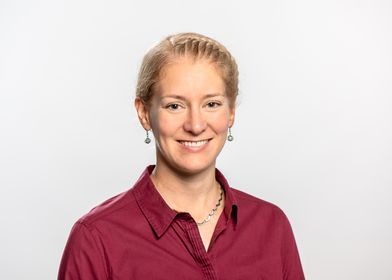
In 2019, Professor Myriam Koch, Dr. Yvonne Späck-Leigsnering and Professor Herbert De Gersem combined their expertise in high-voltage engineering and computational electromagnetics to further characterise and research insulation systems for HVDC cable connections. Several student theses have already been supervised as part of the collaboration, leading to joint publications.
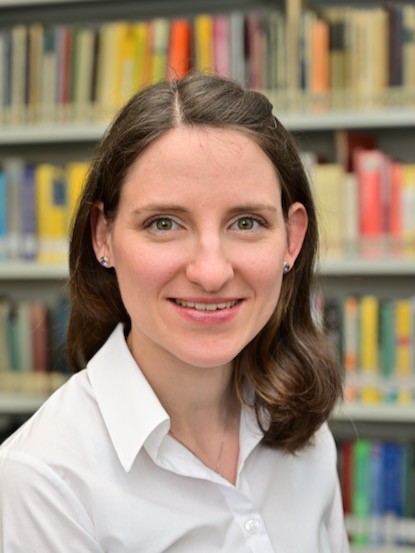
Joint research activities in the field of HVDC insulation systems are discussed and intertwined. In 2021, the collaboration between the project partners was fostered by a two-week research visit of Dr. Späck-Leigsnering at TU Munich.
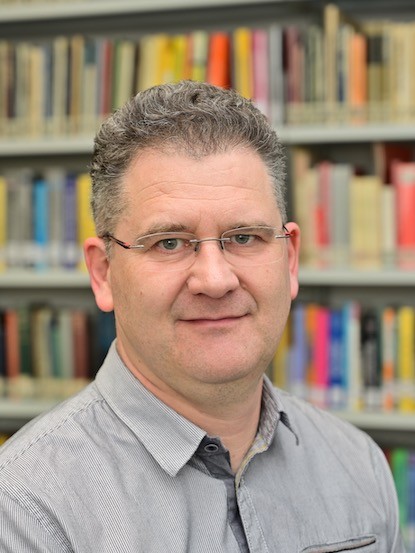
Experts in industry and academia agree on the fact that academic research is needed to answer fundamental questions on HVDC insulation systems. Hence, their collaborative research aims at scientific discovery, which also may lay the basis for further research and development of future HVDC equipment.


